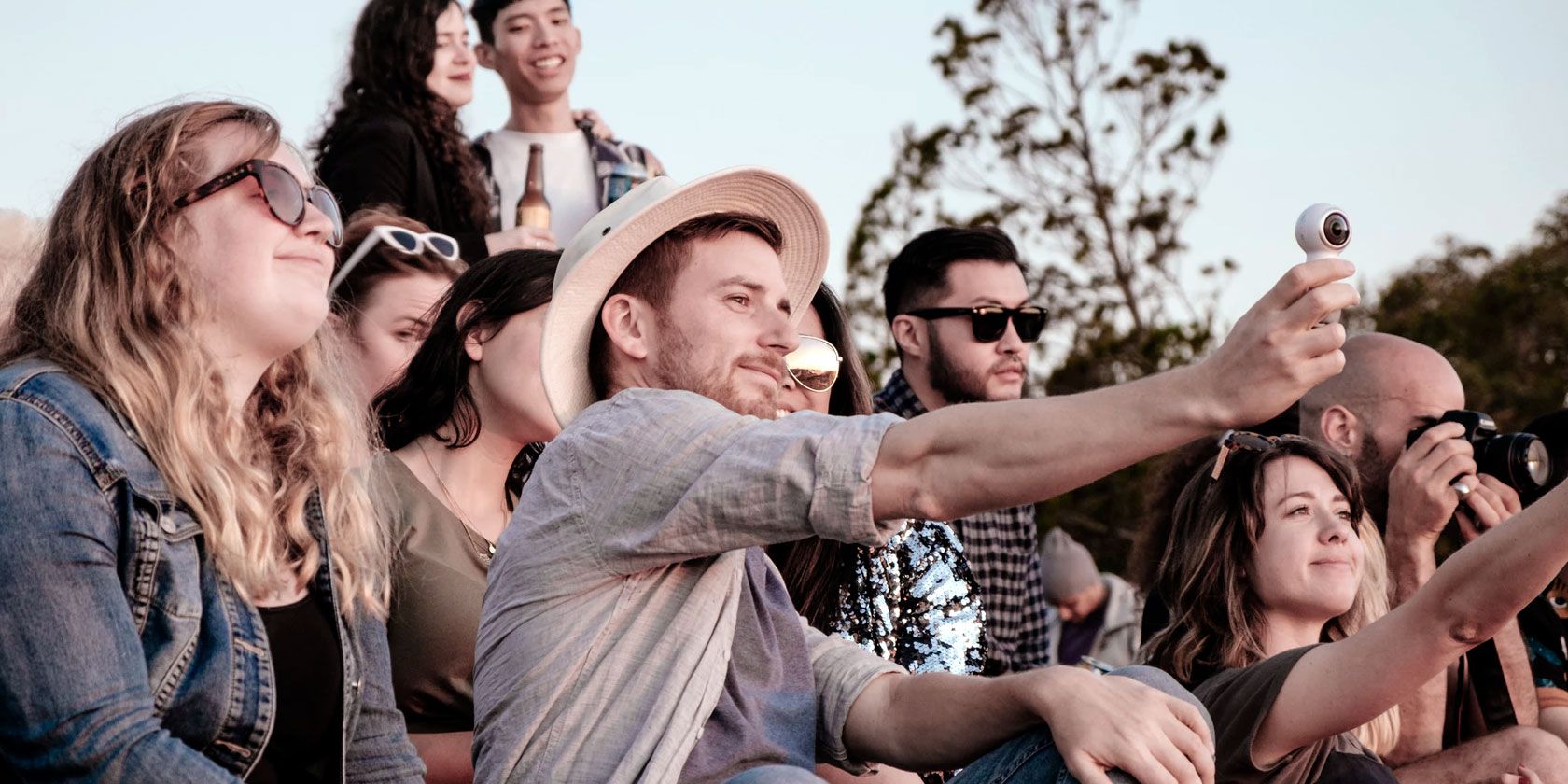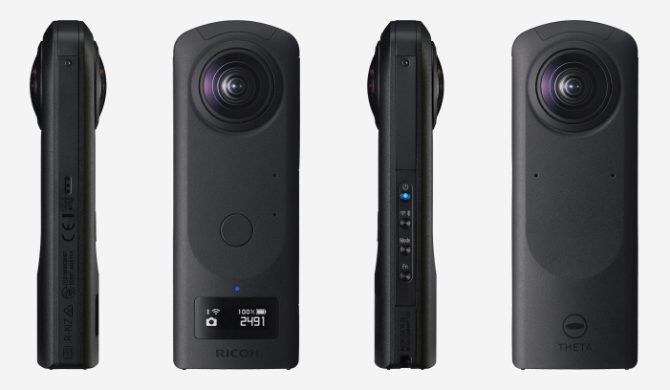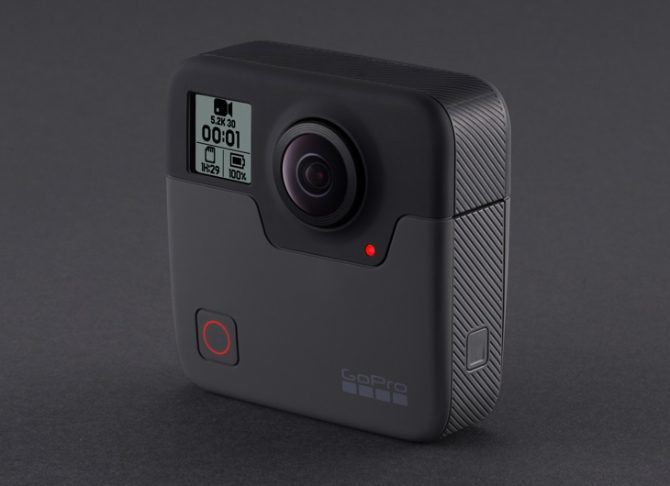360-degree cameras allow you to capture everything around you in video or still form. Despite seeming like a gimmick at first, the technology has matured to a point where these cameras are no longer just toys.
In fact, 360-degree cameras are now so good that there are some serious benefits to carrying a camera that can see more than you can. Curious? Here are some reasons why you should buy a 360-degree camera.
1. 360-Degree Cameras Are Fun
It's easy to lose track of why you fell in love with photography. When you're obsessing over sensor sizes and focal lengths, you're forgetting what drew you to the hobby in the first place. Everything in life should be fun, and 360-degree cameras are built for fun.
There are no interchangeable lenses, and most have a modest sensor size of 1/2.3” (that's the same as a GoPro). At this point, creativity is far more important than technical proficiency.
The result is a camera that demands you have fun with it. 360-degree video is a new medium to most photographers. These cameras make ideal travel companions since they see more of your holidays than you do. This doesn't require much effort either, since a 360-degree camera is always pointing in the right direction.
If you love taking pictures on your smartphone, you'll probably love shooting 360-degree stills and videos. You can't buy the creative spark, but you can stoke the fire and try to rekindle it by challenging yourself to do something new.
2. 360-Degree Cameras Are Super Easy to Use
The other reason that 360-degree cameras make such good travel companions is down to ease of use. When your camera is pointing in every direction, you don't need to put so much thought into framing your shot. Since most modern cameras of this type come with impressive image stabilization, you don't even need to worry about holding the camera still either.
And then there's overcapture. Coined to describe the practice of extracting regular non-360-degree footage from 360-degree video, overcapture opens up a world of possibilities. You can frame your shot in post, slow down and speed up your footage, and insert pans and zooms.
When you're done you can export your video for sharing on YouTube, Facebook, Instagram, and more.
Most 360-degree cameras support overcapture through the use of a mobile app. The Insta360 One X (our Insta360 One X review) is one such camera that makes excellent use of overcapture to generate fluid hyperlapses. Creating a hyperlapse previously required hours of manual work, a tripod, and patience. Now you can do it by walking down the road while hand-holding your camera.
3. The Technology Has Caught Up With the Ambition
A lot has changed since the first consumer-oriented 360-degree cameras hit the market. The early models, like Samsung's Gear 360 (our Samsung Gear 360 review), suffered from poor image quality, wobbly video, and sub-par optics. These are the areas that have improved the most on today's models.
Cameras like the Rylo are full-blown action cameras, with impressive image stabilization capabilities. The Insta360 One X and EVO cameras can shoot flat color profile LOG video and RAW still images, complete with manual camera controls if you want them. Then there's the Ricoh Theta Z1, a 360-degree camera with a 1-inch sensor for superior low light performance and color rendition.
Most cameras use a companion smartphone app for controlling, viewing, and editing purposes. These allow you to put together slick videos which can be shared in an instant, direct from your device. Not only has the hardware improved, the software and focus on convenient mobile apps has come on in leaps and bounds too.
4. Things Look Even Better in VR
While overcapture is nice, nothing quite beats seeing your 360-degree footage in 360-degrees. Thanks to the increasing prevalence of virtual reality headsets, you can now don a headset and move your head around for a better view.
You don't even need to shell out for an expensive HTC Vive or Oculus Go. Cheap VR solutions like Google Cardboard and Samsung's Gear VR allow you to immerse yourself in your footage without breaking the bank, and there are some great VR apps for Google Cardboard.
If the idea of shooting VR videos excites you, take a look at the Insta360 EVO (above). The camera features two lenses on a hinge, allowing you to shoot full 360-degree video and 180-degree video in 3D. VR headsets offer some of the most impressive 3D experiences on the market, and the EVO doesn't disappoint.
5. Shoot Drone-Like Footage Without a Drone
With the right accessories, you can get drone-like footage from your 360-degree action camera. Don't believe me? Check out the video below:
Not all 360-degree cameras offer this functionality, and it doesn't always work as well as Insta360's implementation (above). With the right camera and stick, you can simulate a pretty impressive floating camera effect.
Combine the floating camera with overcapture and you can pull off some impressive-looking drone-like shots. Not only is it fun, it's perfect for use in areas where flying a drone is impractical or illegal.
6. The Possibilities Are Endless
When action cameras became affordable, people started mounting GoPros on everything. Imagine how much better some of that footage would have been with the ability to re-frame the shot using overcapture. You no longer have to imagine, since even GoPro has a 360-degree camera in the form of the GoPro Fusion.
A 360-degree camera lets you further explore these possibilities. Mount it on your car and go for a scenic drive. Put it on your mountain bike and hit some gnarly jumps. Attach it to your pushchair and go for a walk through the park. Stick it on your motorcycle helmet and use it like a dashcam.
This technology can push the boundaries of your creative abilities. Master the art of "shoot first, frame later". Just make sure you've got a spare battery or two before you embark on your next adventure.
Picking the Right 360-Degree Camera for You
Before you settle on a 360-degree camera, you have to ask yourself where your priorities lie. Form factors, still image capabilities, image stabilization, mobile app quality, and the ability to shoot LOG and RAW media should all influence your decision. And then there's the price, with most current cameras hovering around the $500 mark.
Fortunately we've just put together a guide to the best 360-degree cameras on the market right now to help you buy the right 360-degree camera for you. If you spend a lot of time outdoors and love to go on hikes, it might also be time to get a trail camera.



